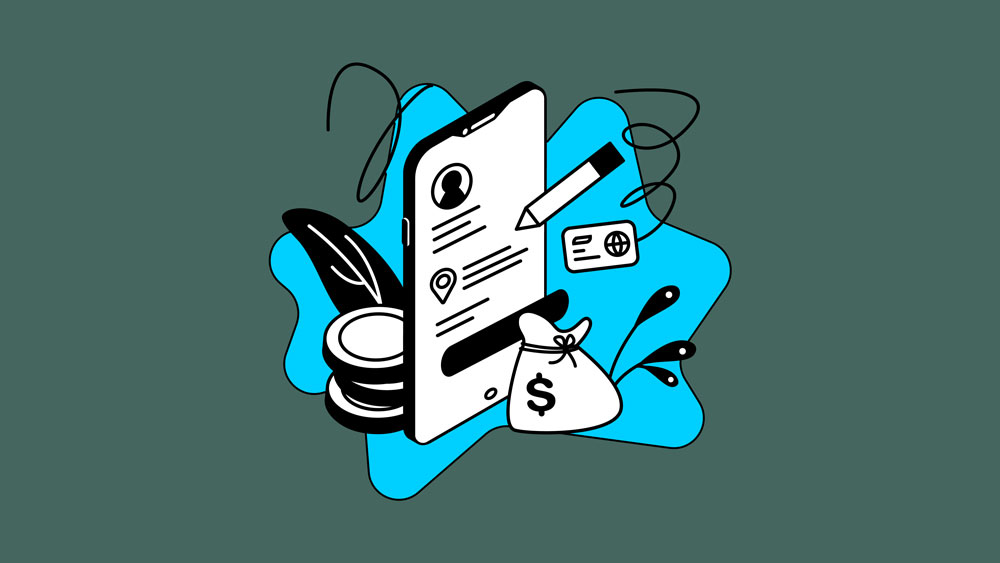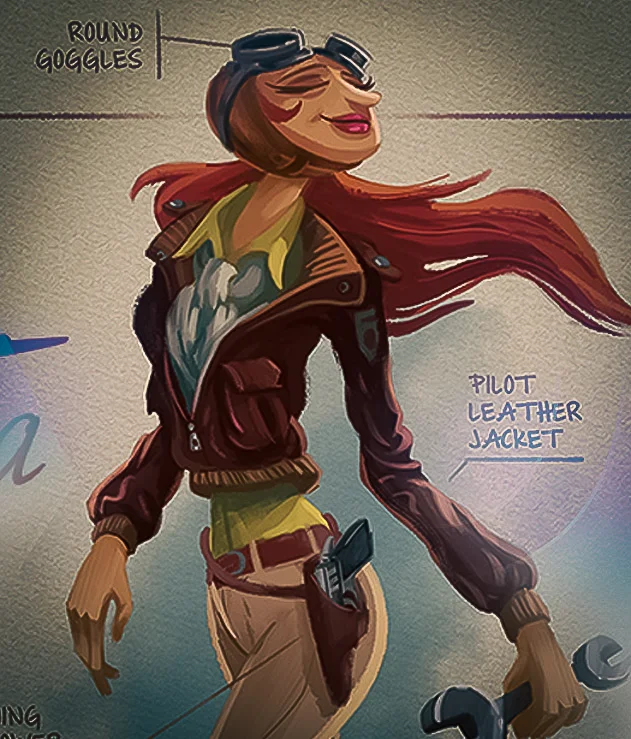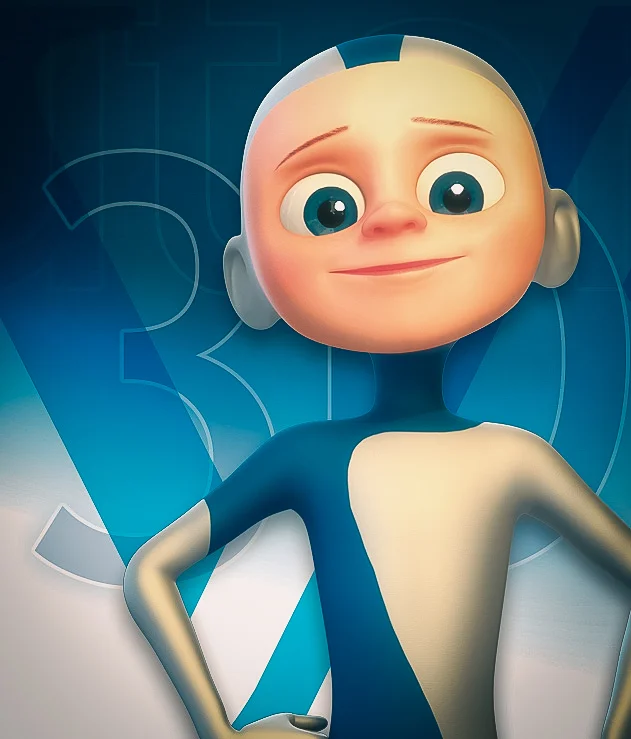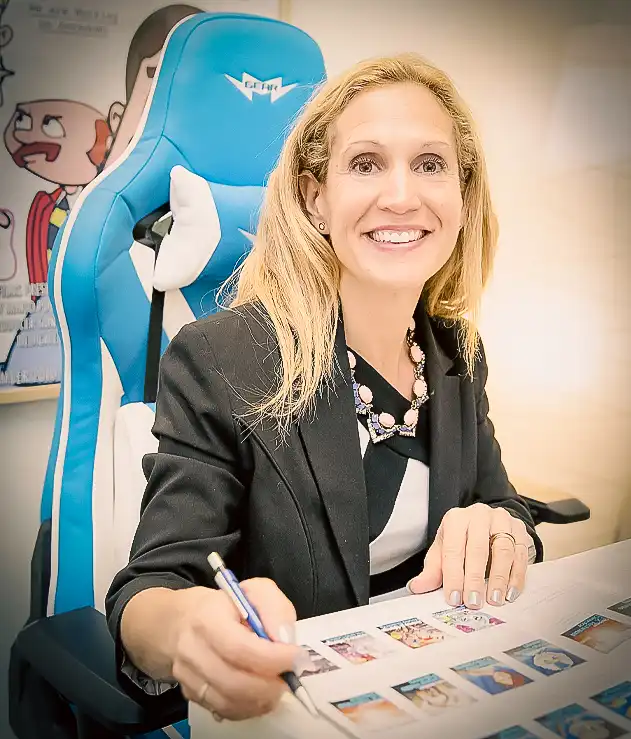 Image: Jonhson Subianto (Motion Array)
Image: Jonhson Subianto (Motion Array)
Author: VANAS Team
How Student Loans Help You Study Animation (and How to Pay Them Back Too)
Table of Contents
- How Student Loans Work
- How Student Loans Help Students
- What Student Loans Cover
- Where to Apply for Student Loans
- The Importance of Repaying Student Loans
- Frequently Asked Questions
How Student Loans Work
So, you’re thinking about studying Animation—maybe dreaming about creating the next Spider-Verse or designing jaw-dropping characters for a hit video game. But there’s one big question: how do you pay for school?
That’s where student loans come in.
A student loan is money you borrow from the government or a private lender to help pay for your education. Unlike scholarships or grants, you have to repay this money later. Usually, repayment starts after you graduate or stop going to school full-time. Most student loans also charge interest, which means you’ll pay back more than you borrowed.
There are two main types of student loans:
- Federal (or government) loans
- Private loans (from banks or private companies)
Government loans often have better interest rates and more flexible repayment options. Many students studying Animation or any digital arts program start with federal loans before considering private options.
How Student Loans Help Students
Animation programs, especially high-quality online ones like VANAS, can be intense and full-time. That means less time for part-time work, and more time learning the skills that studios actually want.
Here’s how student loans really help:
- Covers tuition fees
- Pays for art supplies, software, and books
- Helps with living expenses like rent, food, and transport
- Allows you to focus on studying instead of stressing about money
Let’s say you’re working with digital hardware or equipment like Computers, Monitors, Graphic Cards, or Drawing Tablets. Those tools can be pricey. A student loan helps you stay equipped so you can learn without limits.
Also, because Animation is such a creative and hands-on career, your focus matters. Less financial stress = more creative energy.
What Student Loans Cover
Think student loans are just for paying tuition? Think again.
Here’s a quick breakdown of what student loans can help with:
- Tuition and course fees
- Art supplies like drawing tablets, sketchbooks, or paints
- Computer equipment and software subscriptions
- Internet costs and tech setup for online classes
- Transportation and commuting
- Housing and meals
Basically, anything that’s considered part of your education cost may be covered.
That’s the thing—tools matter. And student loans make sure you don’t fall behind just because of money.
Where to Apply for Student Loans
Applying for student loans might sound complicated, but it’s really about knowing where to look.
Here are some places to start:
1. Government Financial Aid Websites
In Canada: Canada Student Loans Program (CSLP)
In the U.S.: Free Application for Federal Student Aid (FAFSA)
These websites help determine how much money you’re eligible for. Fill out the application and wait for your offer.
2. Provincial or State Programs
Some areas offer extra funding beyond federal loans. For example, British Columbia has the StudentAid BC program.
3. School-Specific Resources
Many schools, including VANAS Online Animation School, offer info about loans and financial support on their websites.
4. Banks and Private Lenders
If government options aren’t enough, private loans are available. Just be careful—these usually have higher interest rates and stricter repayment plans.
When applying, be honest about your needs and be ready to show your school admission, budget plan, and personal ID.
The Importance of Repaying Student Loans
Let’s be real—no one loves the idea of paying off debt. But repaying your student loans is super important.
Here’s why:
- Keeps your credit score healthy
- Helps you qualify for future loans (like a car or house)
- Shows responsibility to future employers or lenders
- Avoids extra fees and interest charges
After finishing your Animation program and landing your first job, you’ll start seeing that monthly bill. Don’t panic! Most student loans offer options like:
- Grace periods (a few months before you must start paying)
- Flexible repayment plans
- Income-based repayment (you pay based on how much you earn)
Pro tip: Start paying early if you can. Even small payments while you're in school can lower your total interest.
As one former student put it:
Paying off my loan felt great—like I had officially graduated from both school and debt!
Frequently Asked Questions
What’s the difference between a loan and a grant?
- Grants don’t need to be paid back. Loans do.
Can I use a student loan to pay for Animation equipment?
- Yes! If it’s part of your education—like a drawing tablet, animation software, or computer—it's usually covered.
Do I need good credit to get a student loan?
- Government loans don’t require a credit check. Private ones might.
How long do I have to repay my loan?
- Depends on the loan. Most give you 10 to 15 years, but you can often pay faster.
Can international students get loans?
- Some government loans are only for citizens or residents, but private options may be available.
Whether you're sketching characters, building 3D models, or dreaming up worlds that don’t exist yet, Animation takes time, effort—and yes, sometimes money. Student loans won’t magically draw your portfolio, but they can make sure you have the chance to build it.
Education is the most powerful weapon which you can use to change the world. – Nelson Mandela
And for artists? Digital Arts might just be your weapon of choice.







